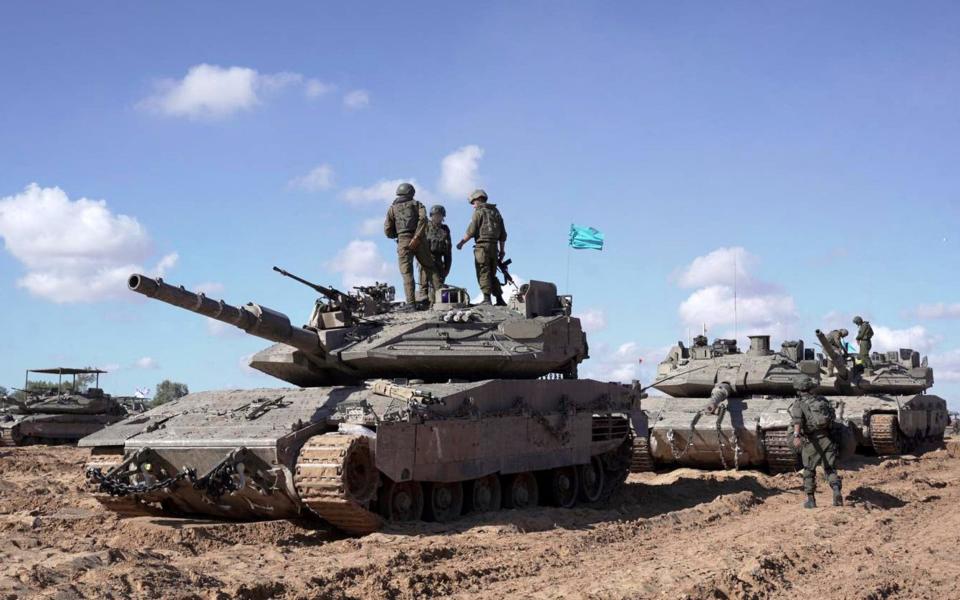As we all take a well-earned pause this holiday season, I’ve taken to thinking about gifts and gift-giving; about the sometimes-delicate balancing act between giving someone what they want, versus what they need.
A need is something necessary. It may even be something urgent. Identifying a need for our state wildland firefighting response teams is to consider what’s necessary to provide a public service as rapidly and safely as possible. Right now, what our teams need to keep functioning at their highest level is a word that would struggle to grab a headline: it’s the word “facilities.”
But when you start thinking about what “facilities” means in the context of wildfire emergency response, suddenly the need – the necessity – becomes crystal clear. The Energy, Minerals and Natural Resources Department’s Forestry Division provides wildfire response from eight locations around the state, working out of modular buildings that were purchased more than twenty-five years ago – many of them bought in used condition, and repurposed to house staff and fire engines. The importance of fire response has only increased in those two decades, as our climate has gotten warmer and drier. The importance of updated facilities and infrastructure to accommodate modern wildfire engines and their crews has increased as well.
During the last legislative session, the Governor and the legislature gave marching orders to the Forestry Division to move into the future with the establishment of two new state hotshot crews. That’s 42 more full-time employees whose jobs are centered around protecting state and private property from wildfires. New facilities are needed to house these individuals. And as we create facilities for these elite crews, we need to make sure that the rest of our Division’s facilities also receive critical updates.
Each of our district offices comes equipped with garages, bays and room for staff and firefighters to work. As old facilities, they have problems with plumbing, windows, heating, and air conditioning. Some even have problems with errant field mice who think it’s their responsibility to chew up cables. Many of our fire engine bays are un-heated, and too small to accommodate our newer fleet. As any homeowner will tell you, paying for constant repair can be more expensive in the long run than building or buying something that’s in good condition already.
A pulaski (a specialized axe) and a heated engine garage bay in the winter both make a huge difference to our firefighters. And both should be considered equally important. Rooms to meet in, bunks to house fire response teams overnight, and yes even internet accessibility are all as critical to fighting wildfires as water, hoses, and even the green and yellow fire-retardant clothing worn by fire teams.
After this year’s relatively calm fire season, it could be easy to forget about the events of 2022, where wildfires burned more than one million acres across the state. Looking to next year, and to the years beyond, tells us there is still a very real need to keep investing in our state’s fire management agencies.
Drought isn’t going away in New Mexico, and neither are wildfires. As we upgrade and enlarge our response teams, we must make parallel investments in our facilities so we can adequately and effectively deploy those resources. This holiday season, as you’re unwrapping the goodies under your Christmas tree, remember that summer, and the fires it brings, is mere months away.
This article originally appeared on Las Cruces Sun-News: A Pulaski and an engine bay: Reflections on wildfire response
Signup bonus from





